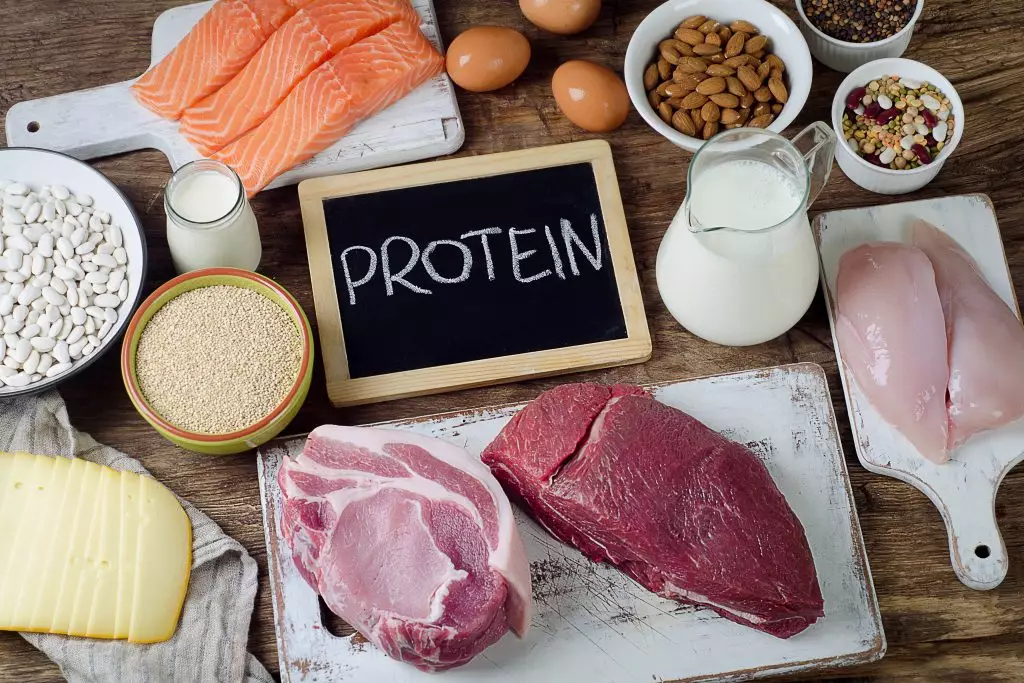Protein at Each Stage of CKD
Eating safe yet adequate amounts of protein can be a challenge for people with chronic kidney disease (CKD), especially in the later stages. Our bodies need protein to build muscle, fight infection, stop bleeding, and heal from injuries. Too much protein, however, can put a strain on damaged kidneys, and cause further impairment. Your doctor and renal dietitian can make personalized recommendations for you, but here are some general guidelines for eating protein when you have CKD.*
Protein for different CKD stages
Protein management depends on your body size, concurrent health conditions, and the lab results that indicate your current stage of CKD.
Stages 1 and 2.
In stages 1 and 2, your labs may show that you have elevated amounts of protein in your urine, but your eGFR (percentage of kidney function) is in the normal range of 90 or above for stage 1, and 60-89 for stage 2. At these stages, you are likely to be able to eat the types and amounts of protein considered normal for a healthy person, about 12-15% of your daily calorie intake.
Stage 3.
In stage 3, your eGFR is between 30 and 59. At this stage you may still be able to eat without restrictions, though that may depend on other factors, such as whether or not you have diabetes or other health complications.
Stage 4.
If you are in stage 4, your eGFR is between 15 and 29, indicating a serious decline in kidney function. While you do not yet need dialysis, it’s necessary to keep protein waste to a minimum, so that it does not build up in your body. Your doctor may recommend limiting your protein intake at this point to about 10% of your calorie intake each day.
Stage 5.
Stage 5 is when your eGFR is less than 15. This is also known as kidney failure, or end-stage kidney disease. Once kidney function falls below 10%, dialysis or a kidney transplant would be needed to prolong life. Once you begin dialysis, your doctor and dietitian will likely increase your protein recommendation, since some of that vital nutrient is lost during the dialysis process, and you need to keep up your strength.
Stay ahead of your CKD
Responsum for CKD empowers people with kidney disease through community, knowledge, and shared experiences
Types of protein
Types of protein that are common on protein-restricted diets include:
- Fish
- Chicken breast
- Low-fat soy items
- Low-fat dairy products
Discuss the best nutrition options for your specific case and stage with your renal dietician. Image from Shutterstock.
Meat, milk, yogurt, cheese, beans, nuts and nut butters, and eggs, all of which can be high in fat, cholesterol, phosphorus, and/or potassium may be limited in terms of serving size. Meat, poultry, and fish serving sizes may be reduced to 4 to 6 ounces daily.
Whole grains and vegetables also contain some protein, though less than other sources, and healthy fats such as olive oil can help you get sufficient calories.
Work closely with your nephrologist and dietitian to craft meal plans that are both safe and satisfying for you at your stage of CKD.



